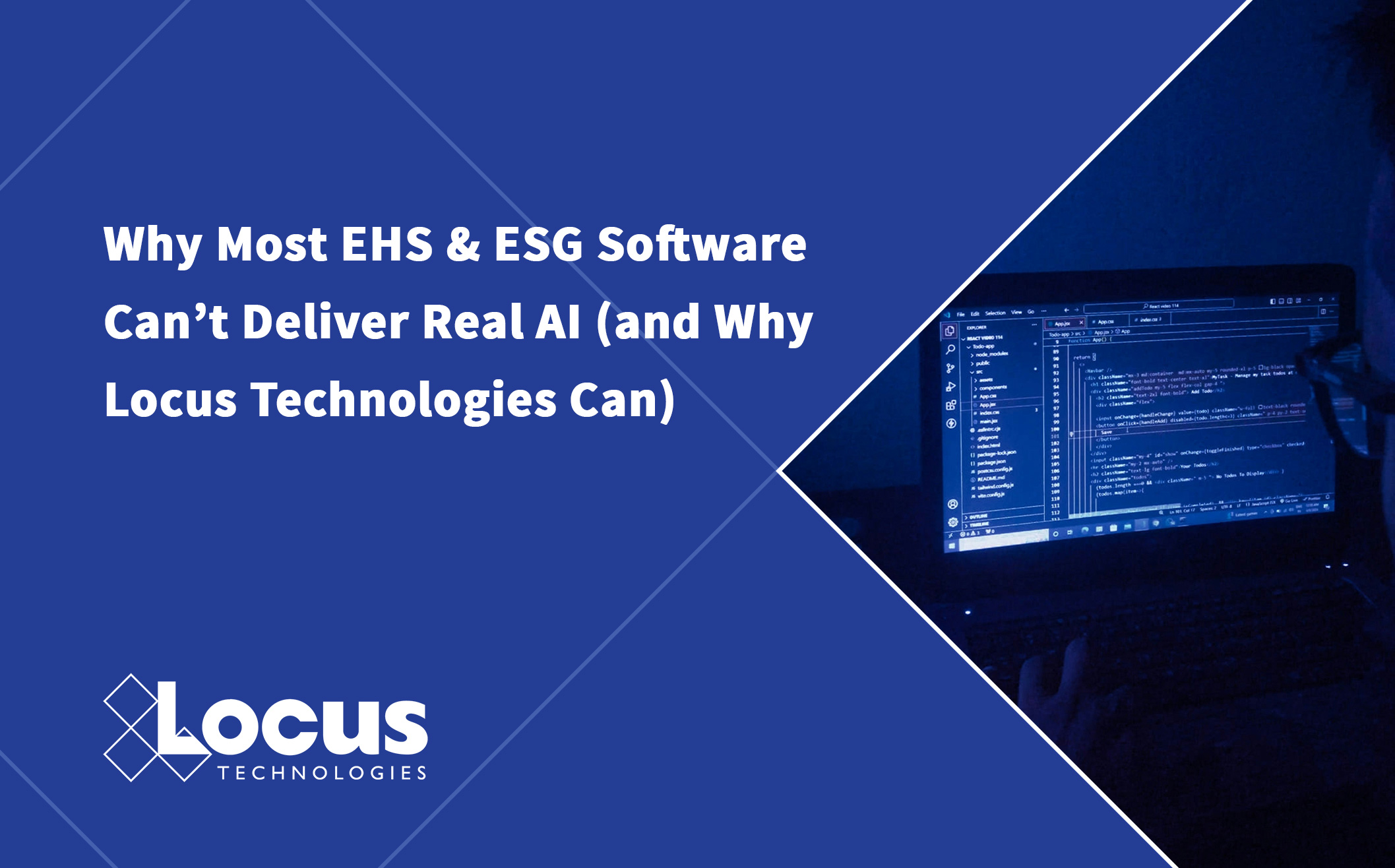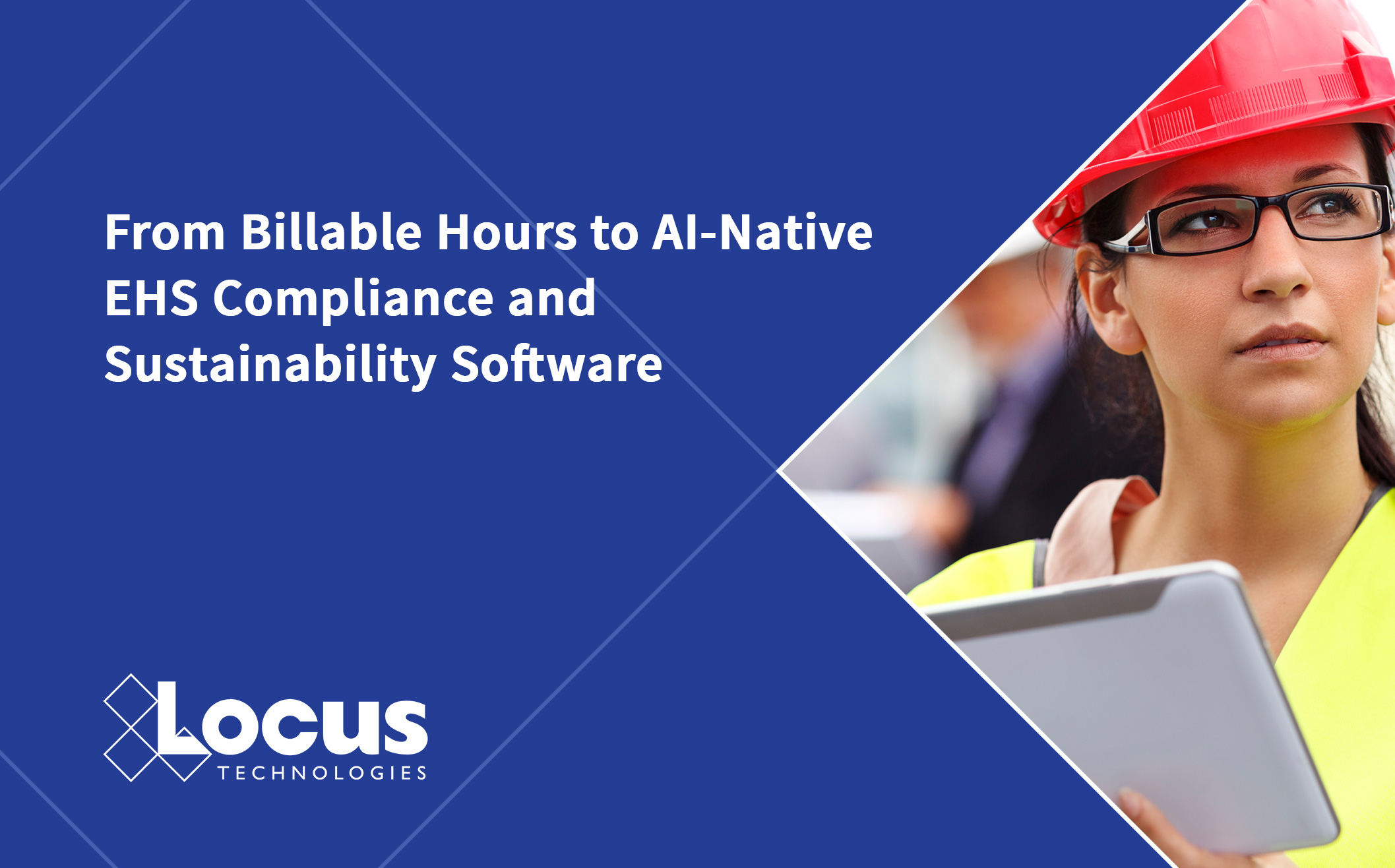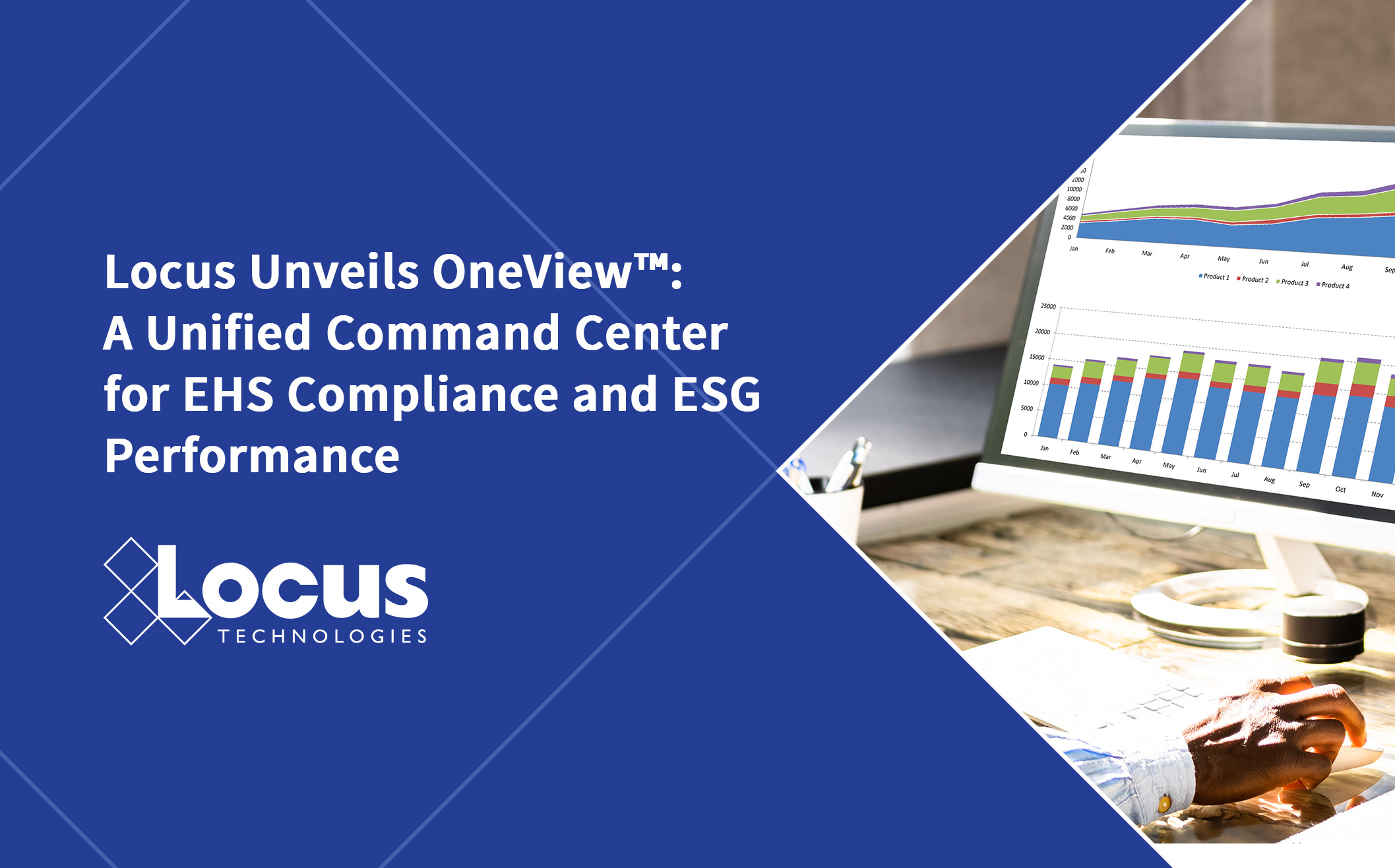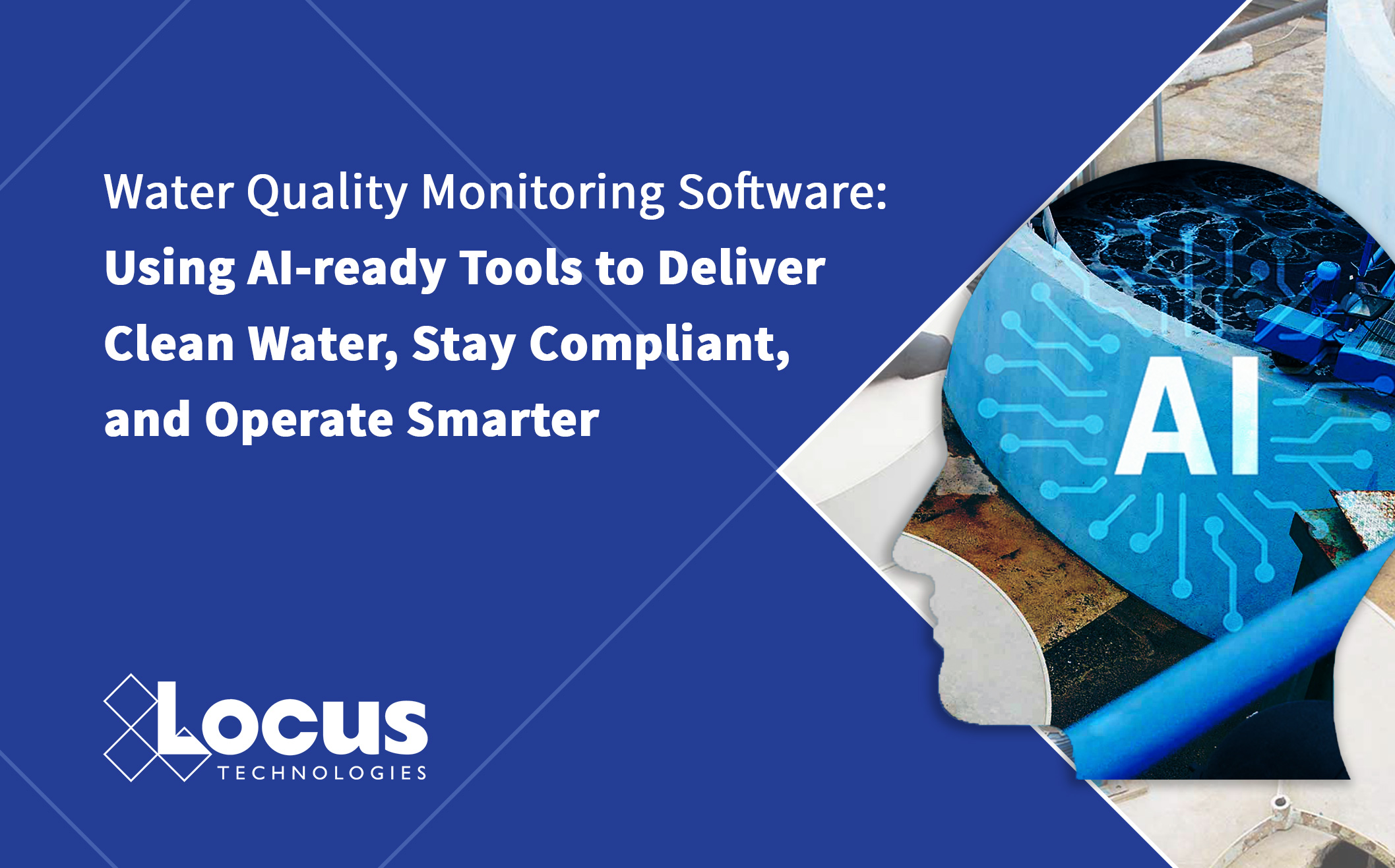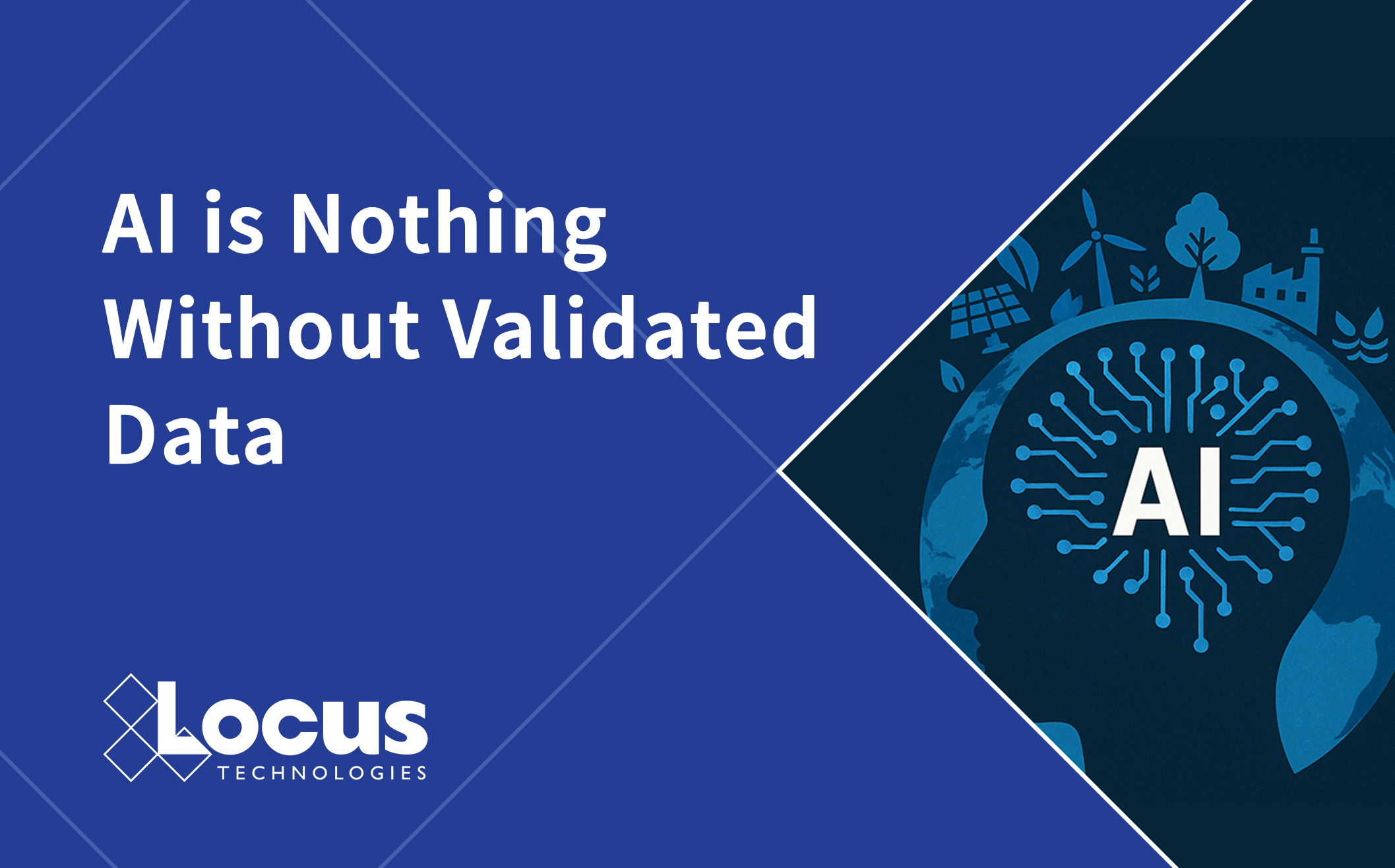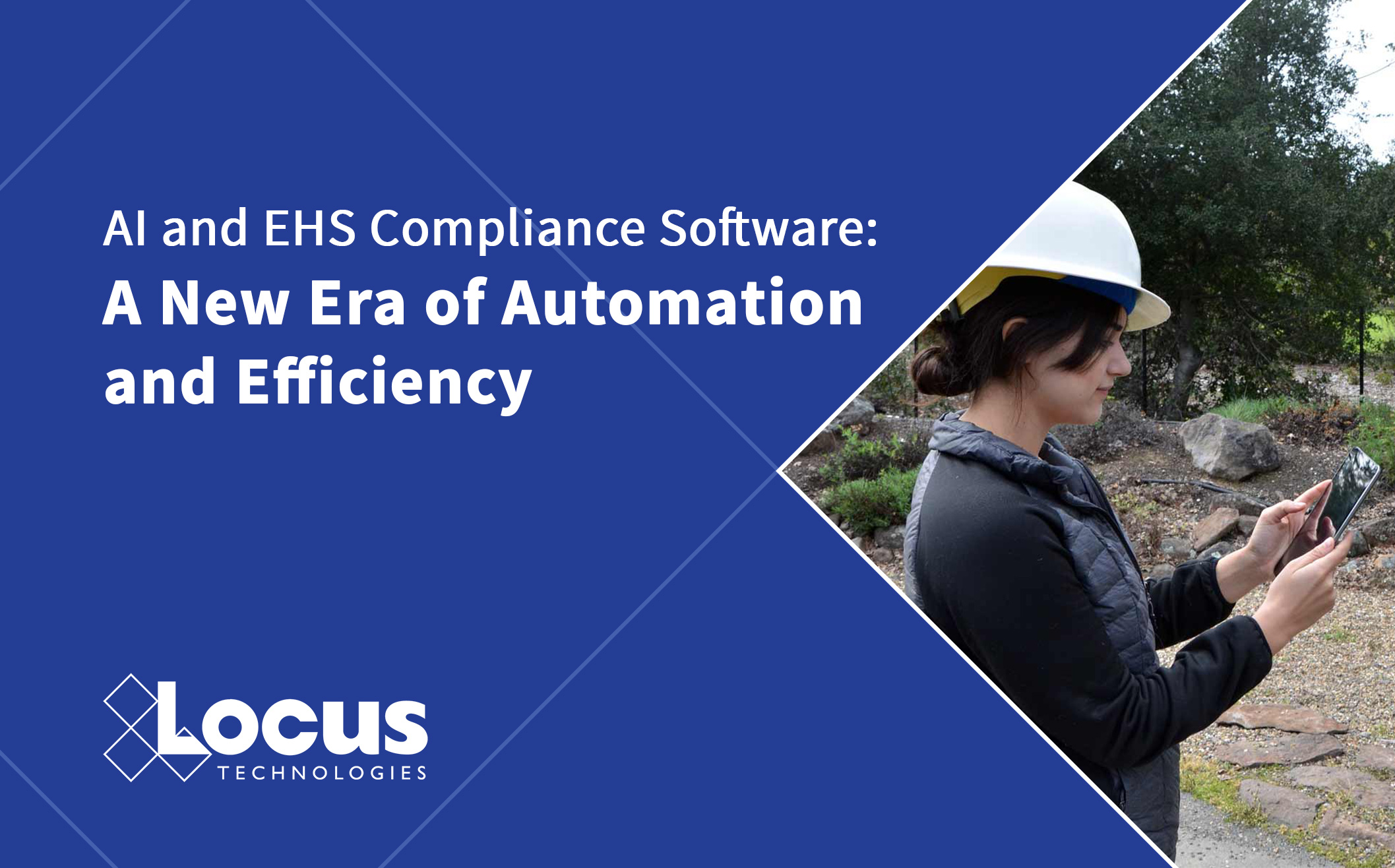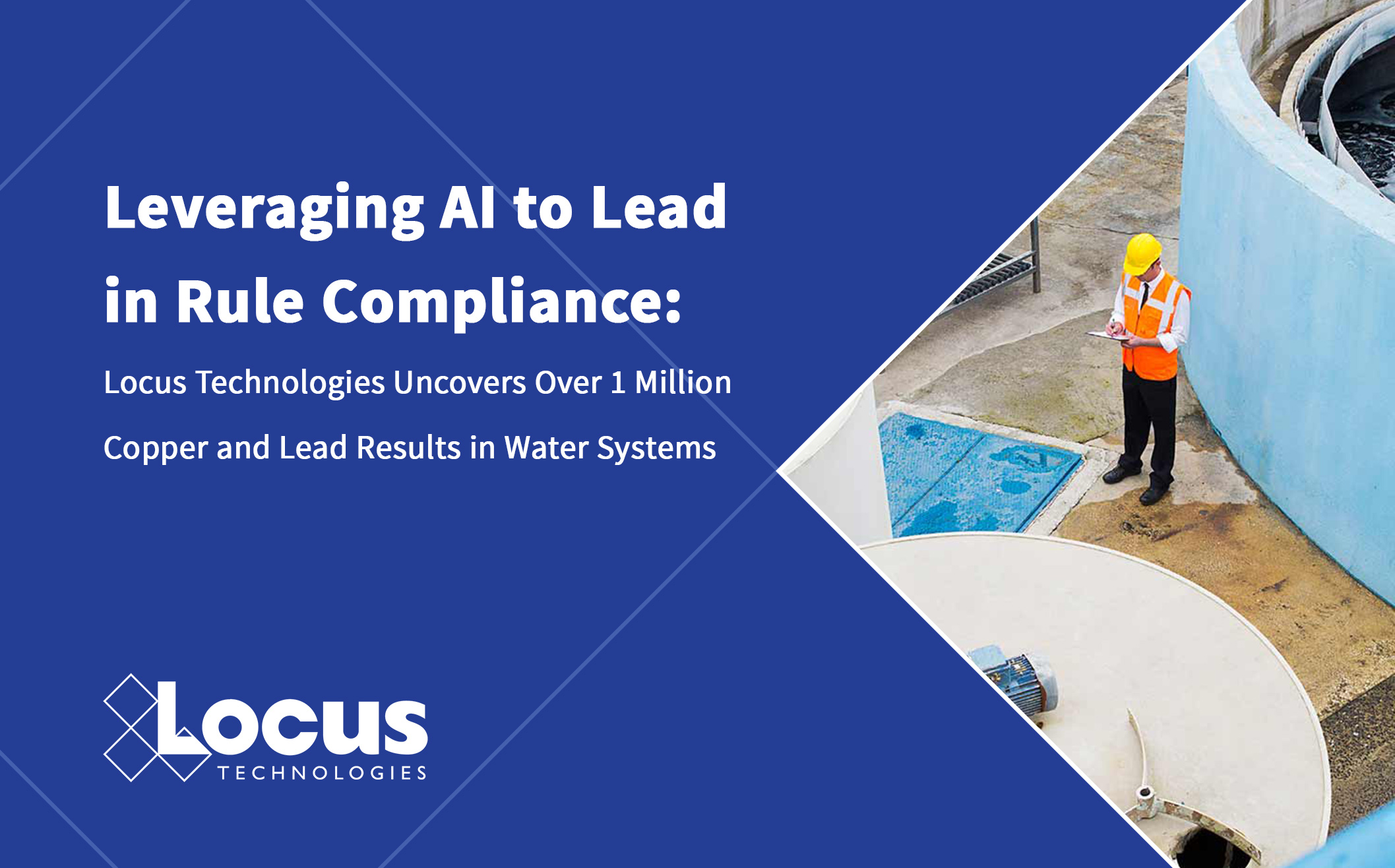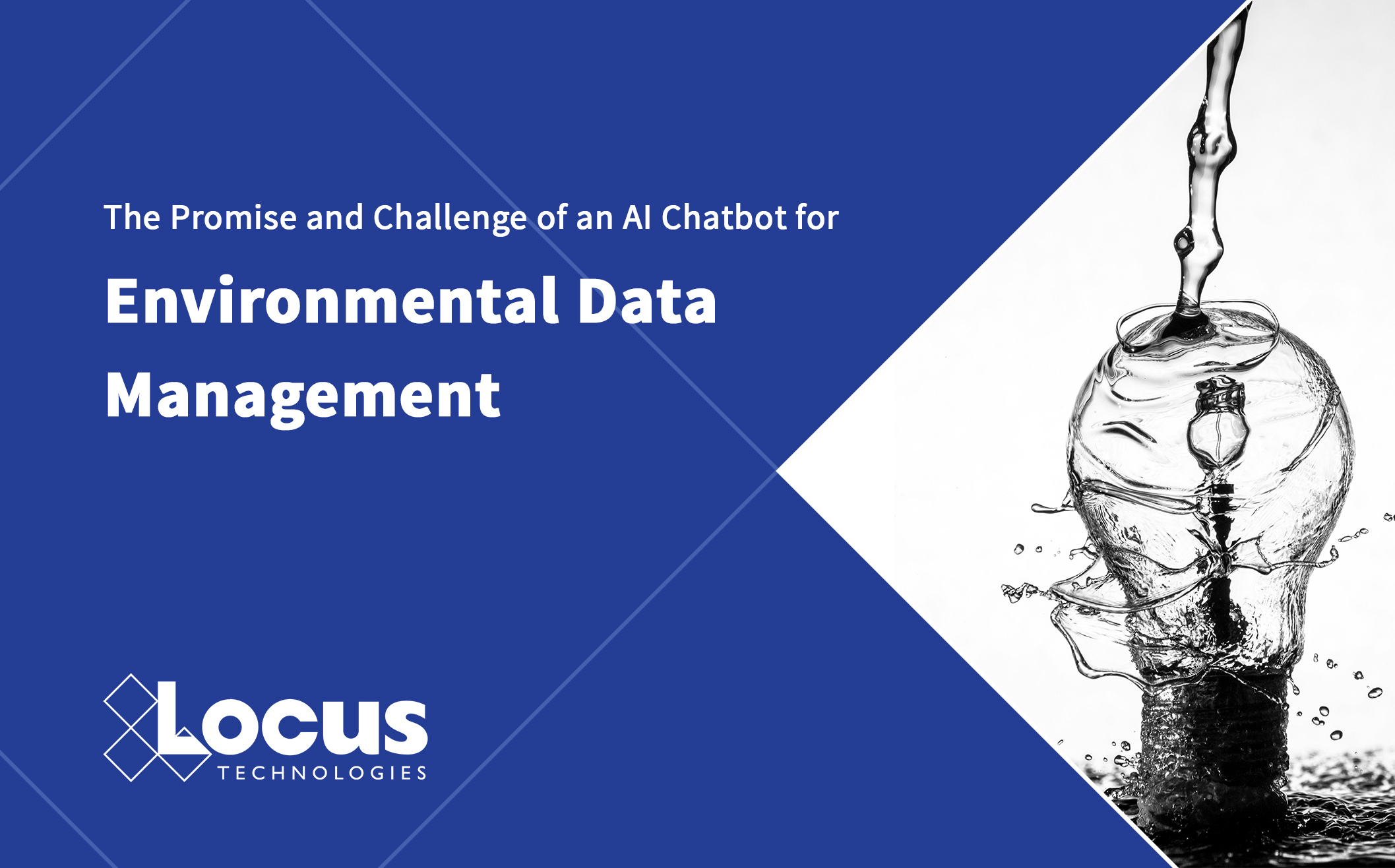From the Experts
How to use AI for EHS and sustainability? This 2025 guide helps you explore this emerging opportunity.
When considering how to use AI for EHS, it’s easy to be focused on predictive analytics, agentic AI, and accelerating output. Those are exciting advancements but only part of the story.
Be sure to carefully examine what’s “under the hood” of any shortlisted AI / EHS software. Some products claim to support artificial intelligence but simply do not have the underlying software architecture to make it practical.
This guide covers everything you need to know about how Locus leverages AI in our software, how to distinguish machine learning from AI, best practices and roadmaps, and even what questions to ask in demos and RFPs.
Our most popular resources
If you are in the market for new software, we encourage you to spend some time with the checklists, how-tos, eBooks, white papers, case studies, and expert blogs that we’ve pinned here.
Tired of researching AI software for EHS? Ready to talk to the experts? We are happy to help.
Getting started with a software buying initiative in your organization
To effectively research and select the right software, first consider whether you intend to leverage AI. Only certain software architectures and models are built to accommodate the use of AI. After that is decided, start by clearly defining your organization’s specific compliance needs, industry regulations, and reporting obligations. Outline the functional requirements your team needs, such as incident tracking, audit management, training, or chemical inventory. Research available software options, paying close attention to core features, scalability, ease of implementation, and compatibility with existing systems. Examine industry case studies and third-party evaluations to understand each solution’s reliability and performance. Assess vendor credibility, responsiveness, customer support quality, and the frequency of software updates or enhancements. Request live demonstrations to explore functionality, user interface, and customization options. Include input from key stakeholders in safety, compliance, IT, and operations throughout the evaluation process. Finally, consider pricing models and total cost of ownership, and select the solution that best aligns with your organization’s long-term compliance goals and operational strategy.
Has your EHS software let you down?
See why organizations move to Locus.


